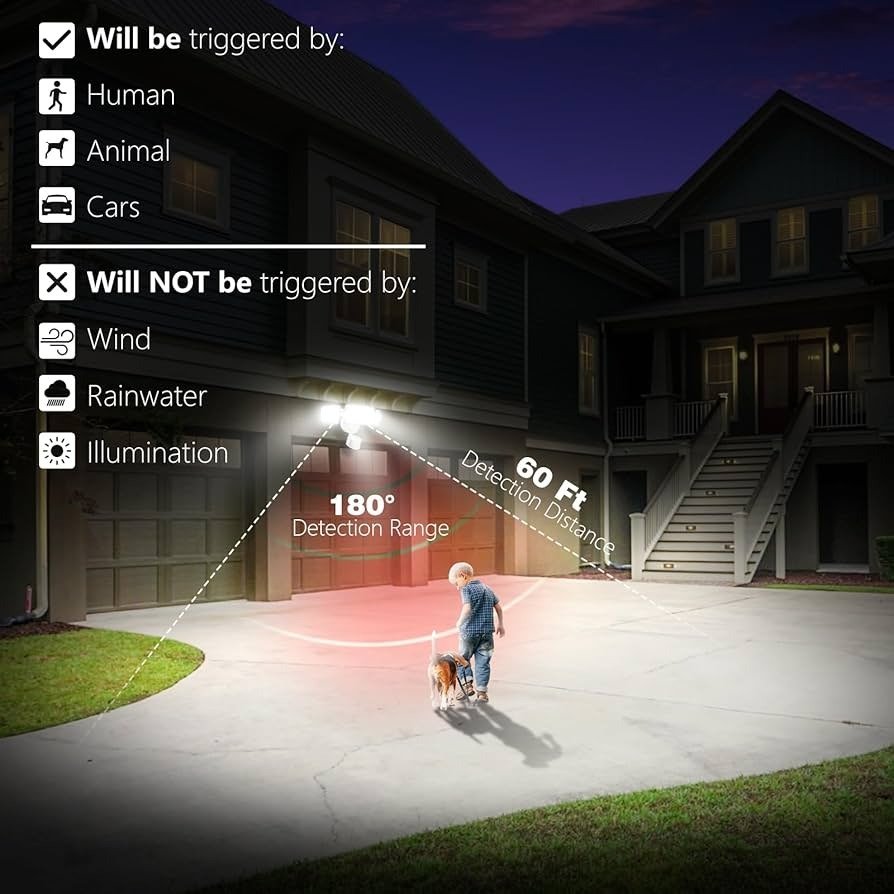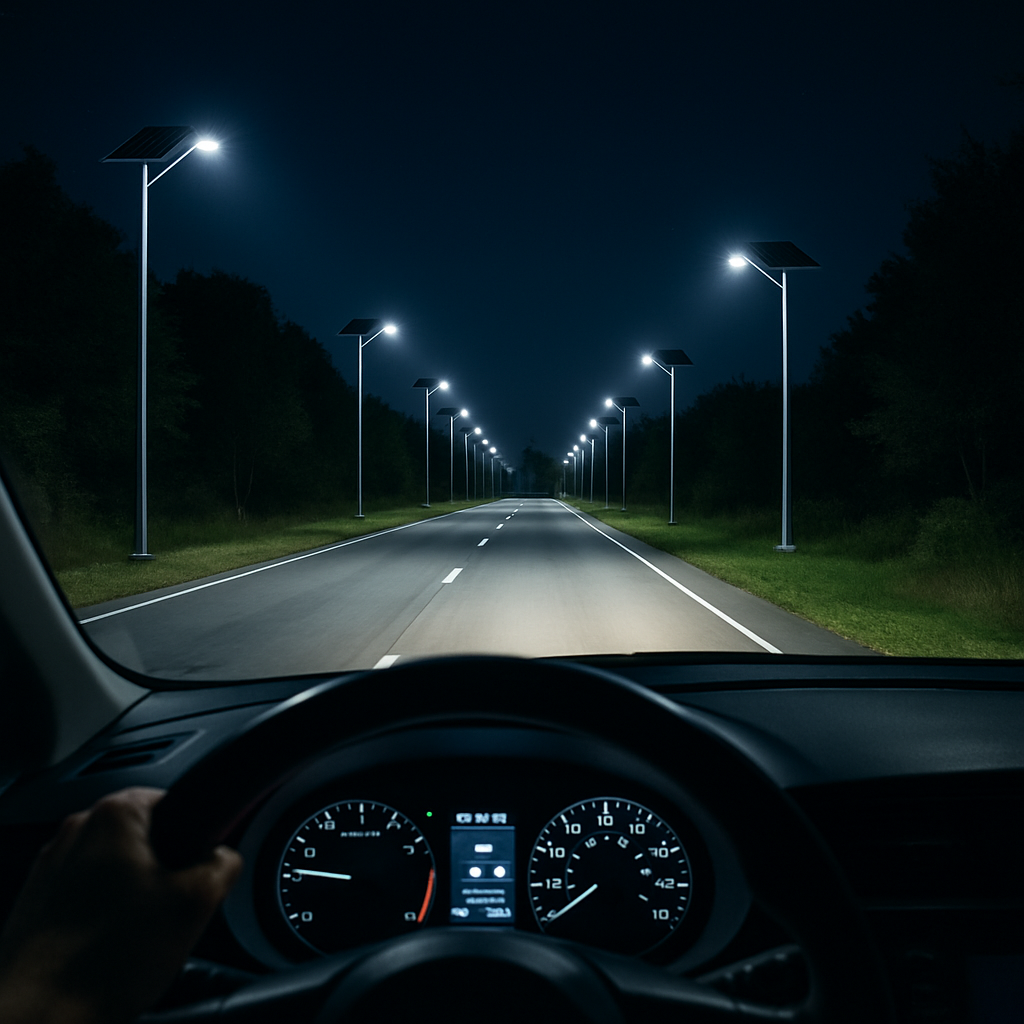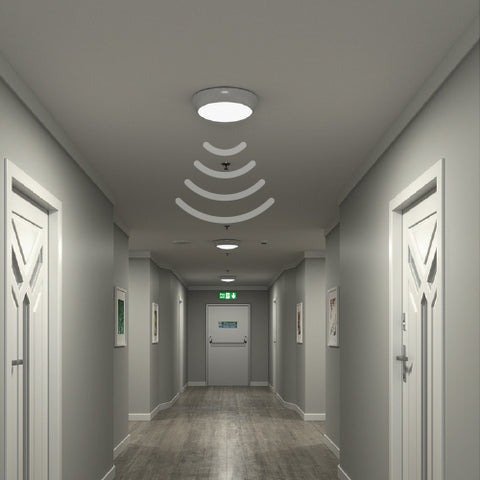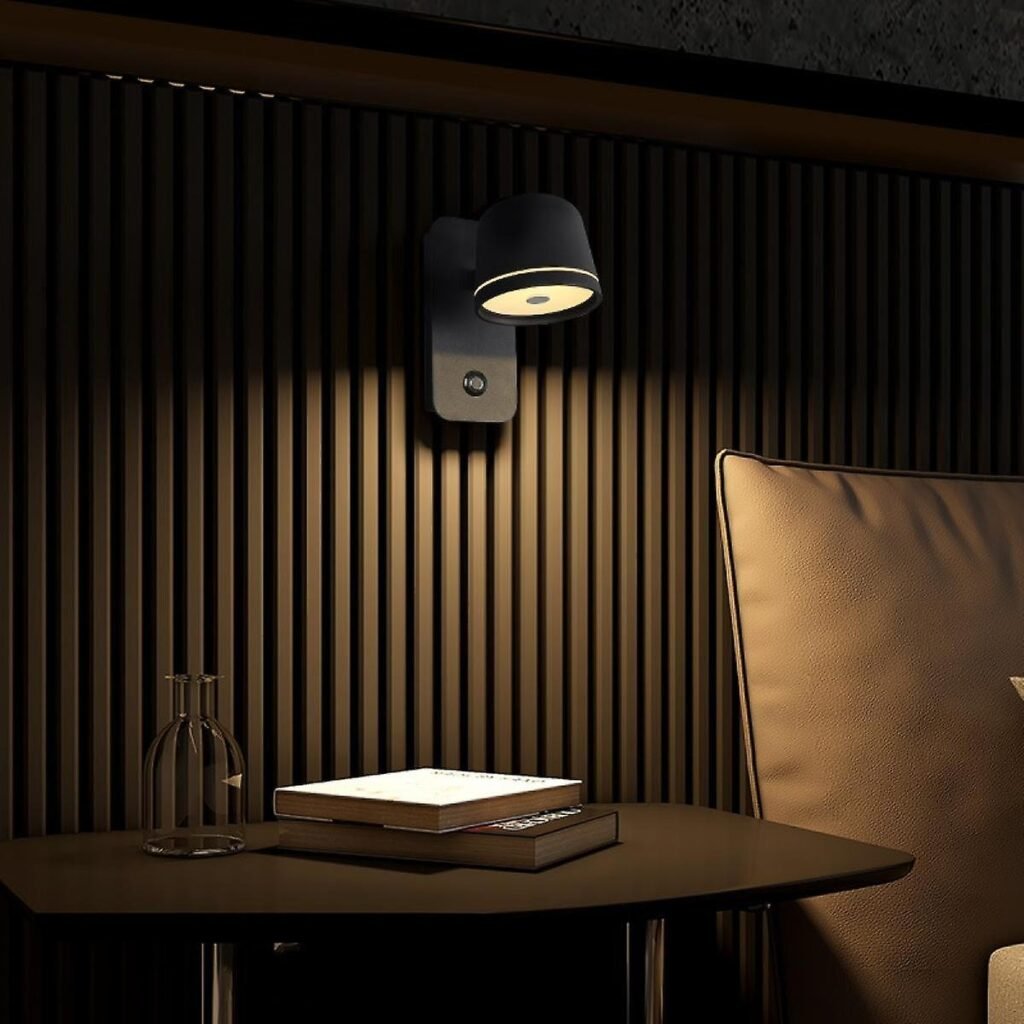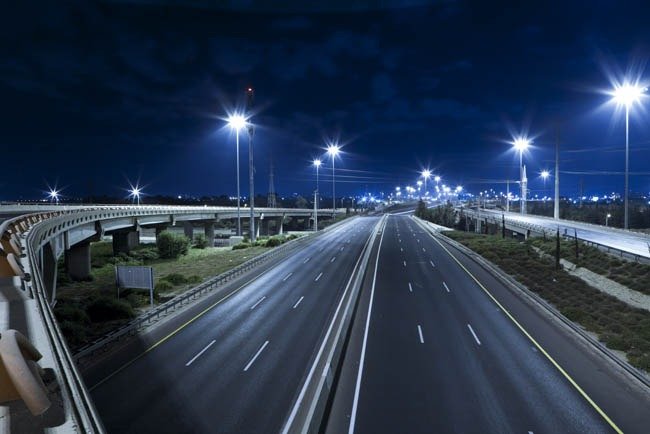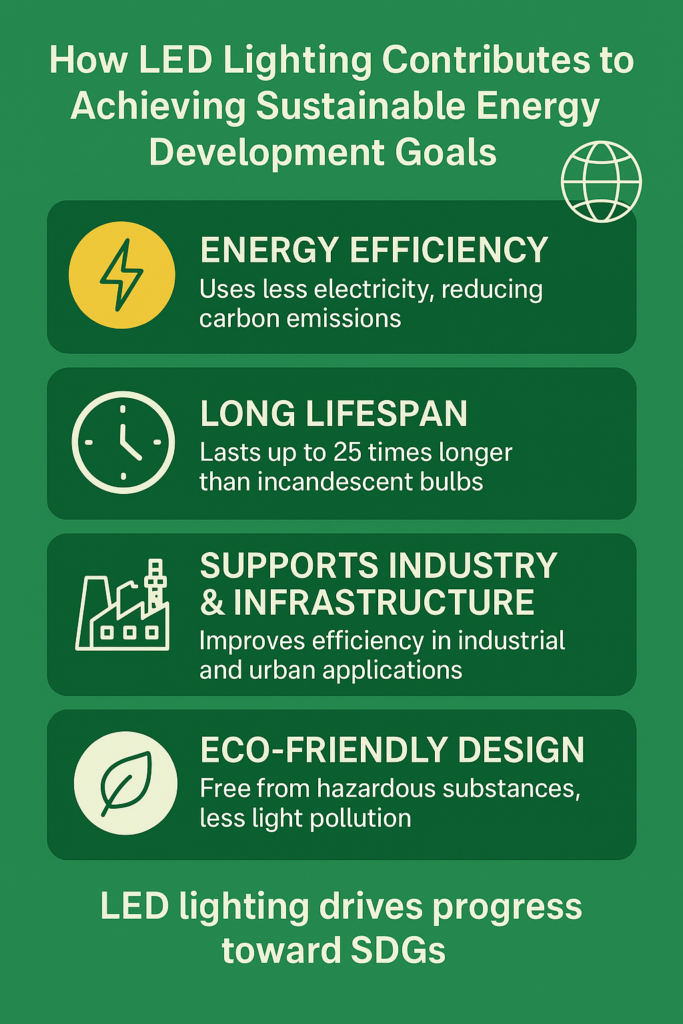Introduction
When discussing lighting in workplaces or healthcare facilities, the choice between traditional fluorescent fixtures and LED lighting for hospitals is not just a technical decision — it directly impacts efficiency, health, and user experience. In this article, we explore the key differences and explain why LED has become the superior solution for modern hospitals and offices. Unlike fluorescent lamps, LEDs provide better visual comfort, lower energy costs, and enhanced sustainability. They also support healthier indoor environments by reducing glare and minimizing maintenance interruptions. With technology advancing rapidly, LED lighting for hospitals ensures long-term performance, patient comfort, and compliance with modern safety standards.
Why Lighting Defines Success in Workplaces and Hospitals
Lighting is more than simple illumination; it plays a central role in shaping working and healing environments. In fact, the right choice between fluorescent systems and LED lighting for hospitals can dramatically influence energy savings, patient recovery, staff productivity, and overall comfort within medical and office spaces.
- In hospitals, proper lighting improves treatment outcomes and reduces patient stress.
- In offices, it supports focus, accuracy, and productivity.
- The right lighting choice also reduces energy consumption and supports sustainability goals.
Fluorescent Lighting: Pros and Cons
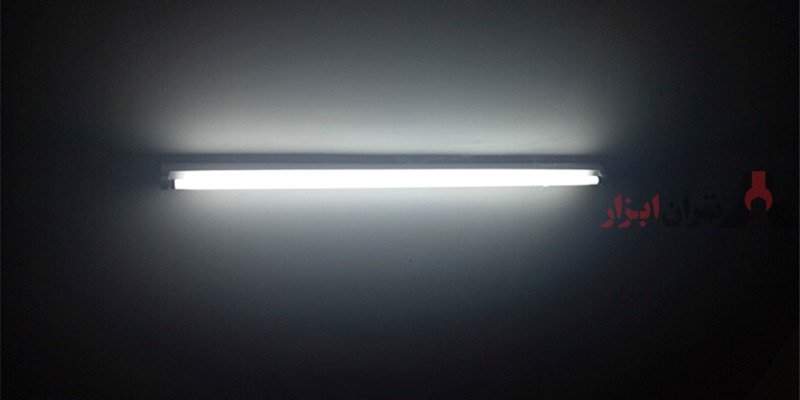
Advantages:
- Low upfront cost
- Widely available
Disadvantages:
- Higher energy consumption
- Generates more heat
- Shorter lifespan
- Can cause headaches and eye strain
- Contains mercury, creating environmental disposal risks
Why LED Lighting for Hospitals and Offices Wins the Battle
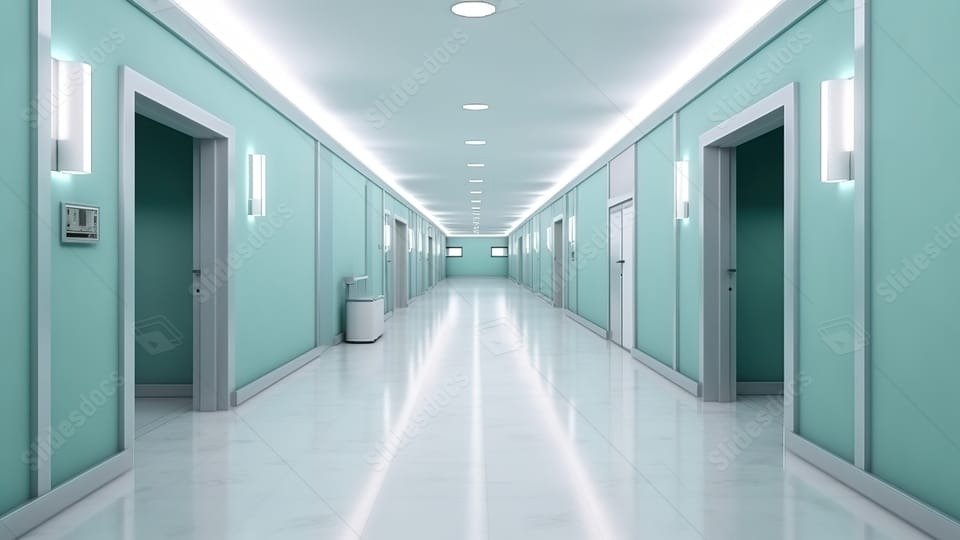
When comparing both options, LED lighting for hospitals clearly stands out:
- High efficiency: Uses up to 70% less energy.
- Extended lifespan: Lasts over 50,000 operating hours.
- Healthier light: Balanced illumination that reduces eye strain and enhances patient comfort.
- Advanced control: Adjustable CCT options to suit different medical departments.
- Eco-friendly: Free from hazardous materials like mercury and fully recyclable.
LED Lighting in Offices: Boosting Productivity and Comfort

Offices benefit significantly from LED adoption:
- Neutral white light enhances focus and alertness.
- Lower maintenance costs thanks to long life.
- Smart features such as occupancy sensors improve energy savings.
- Comfortable lighting reduces fatigue and fosters creativity.
How LED Lighting for Hospitals Impacts Healthcare Quality
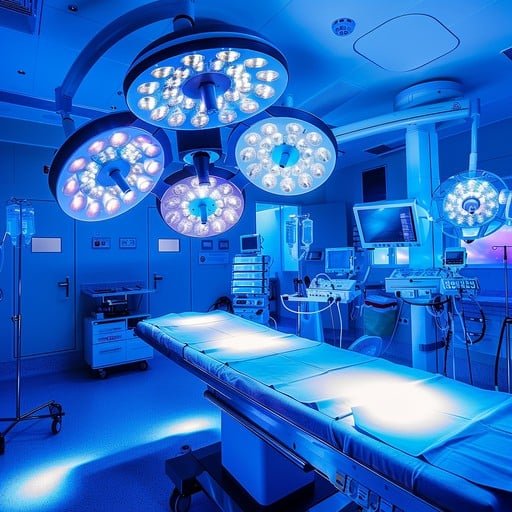
Adopting LED lighting for hospitals provides:
- A healing environment that enhances patient comfort.
- Improved visibility and accuracy for doctors and nurses.
- Reduced infection risks with lower heat emission and balanced light output.
- Long-term energy savings, allowing healthcare providers to allocate resources to patient care.
- A stronger reputation as a modern, sustainable, and patient-centered institution.
Partner with Experts for Smarter Lighting
Looking for reliable and innovative lighting solutions for your hospital or office?
Contact Falcon Group today for tailored LED systems that boost efficiency and lower costs.
📞 Phone: 01001458515
🌐 Website: https://falcontgroup.com/
Common Questions About LED Lighting for Hospitals
Can LED lamps replace fluorescent tubes directly?
Yes, retrofit LED solutions are available for most existing fixtures, making upgrades simple, cost-effective, and highly efficient. They minimize installation downtime and allow hospitals and offices to adopt advanced LED lighting for hospitals seamlessly.
Is LED lighting safer in hospitals?
Absolutely. It reduces heat output and provides healthier, balanced light that enhances visual comfort. In hospitals and offices, LED lighting also improves patient well-being, supports staff productivity, and creates an inviting environment compared to traditional fluorescent options.
Is LED lighting suitable for surgical environments?
Yes. With adjustable CCT and high CRI, LED lighting for hospitals delivers precise and reliable illumination. It improves diagnostic accuracy, reduces eye strain for medical staff, and ensures a safer, more comfortable environment for patients and visitors.
Sources
- The Department of Energy’s Energy.gov.
- \LEDs in Hospitals: a New-Age in Healthcare
- Energy.gov – LED Basics
Suggested Topics :
- Applications of Solar Lighting in Street and Road Illumination
- Did You Know Sensor Lights Can Help Prevent Burglaries?
- The Ideal CCT for Restaurants and Hotels: Elevate Customer Experience with Smart Lighting
s

